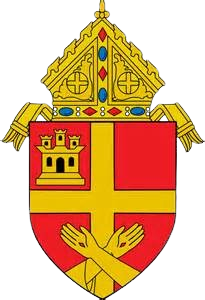Fat Tuesday is the traditional name for the day before Ash Wednesday, the first day of Lent in the Western Christian churches, including the Roman Catholic Church and Protestant churches. (Clean Monday is the first day of Lent in the Eastern Catholic and Eastern Orthodox Churches.) Fat Tuesday is more commonly known as Mardi Gras, which is simply Fat Tuesday in French.
Historically, the day before Ash Wednesday was itself a rather solemn day of preparation for the penitential season of Lent. Many Christians took part in the Sacrament of Confession on that day, which is why it became known as Shrove Tuesday. (Shrove is the past tense of the word shrive, which refers to a priest hearing a confession, assigning penance, and forgiving the sins of the penitent.)
The Origin of the Term
Over time, however, the solemn nature of the day was joined with (and later gave way to) one last feast before the Lenten fast. In centuries past, the Lenten fast was far more rigorous than it is today, and Christians were required to abstain from all meat and food that came from animals, such as milk, cheese, butter, eggs, and animal fats. But all of those items needed to be used up before the fast began, and various Christian nations developed their own meat dishes, rich breads, and desserts for one last feast before the austerity of Lent. And thus the day became known as “Fat Tuesday” for obvious reasons.
After Fat Tuesday, meat and dairy and eggs would all be preserved in various ways, and brought out again for the Easter feast (which lasted a full eight days, from Easter Sunday through the Sunday after Easter, known today as Divine Mercy Sunday). Thus the voluntary giving up of foods that are good in themselves to focus on spiritual growth was both preceded and followed by the recognition of the good things that God has given us.
Since Ash Wednesday always falls 46 days before Easter Sunday, Fat Tuesday falls on the 47th day before Easter. (See The 40 Days of Lent and How Is the Date of Easter Calculated?) The earliest date that Fat Tuesday can fall is February 3; the latest is March 9.
Since Fat Tuesday is the same day as Mardi Gras, you can find the date of Fat Tuesday in this and future years in When Is Mardi Gras?
As mentioned above, Fat Tuesday was originally known as Shrove Tuesday, and in French, it is called Mardi Gras. Among the English-speaking peoples of Great Britain and her colonies, Fat Tuesday is often known as Pancake Day, because they used up their dairy and eggs by making pancakes and similar pastries. Likewise, Fat Tuesday is known as Paczki Day, after the rich, jelly-filled donuts made by Poles in Poland and the United States.





